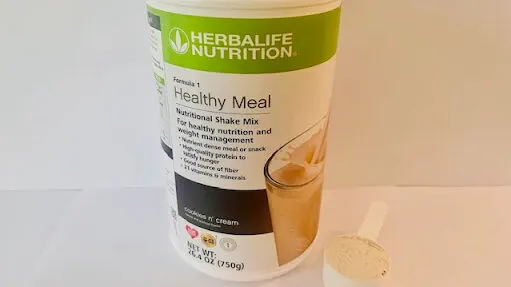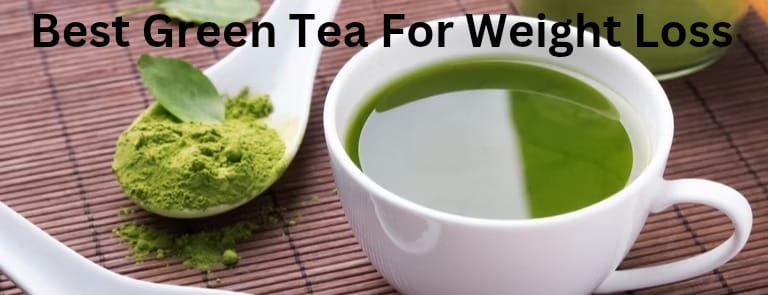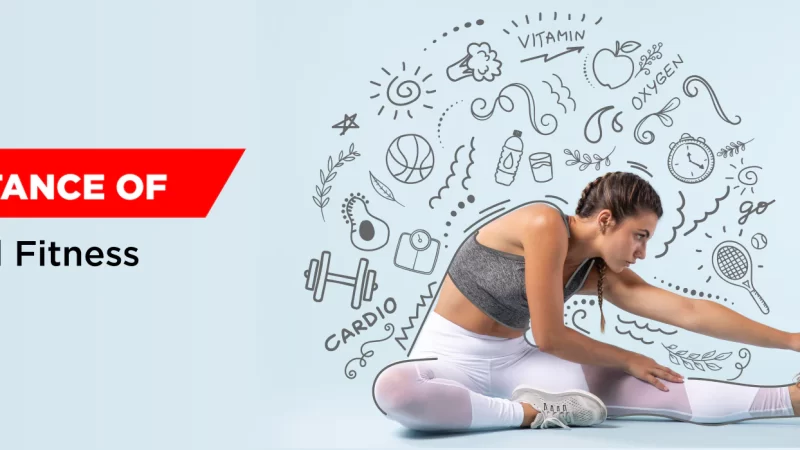Fitness is not just about looking good or achieving a specific body type—it’s a multifaceted concept that involves improving both physical health and various skills related to movement. Health and skills-related fitness encompass the overall well-being and the specific abilities that allow individuals to perform everyday tasks with greater ease, efficiency, and confidence. This includes a combination of cardiovascular fitness, muscular strength, flexibility, coordination, balance, and agility, among others. In this blog, we will explore the importance of health and skills-related fitness, how these components work together to enhance your life, and how you can improve your own fitness through targeted exercises and training.

What is Health-Related Fitness?
Health-related fitness refers to the physical condition and ability to perform regular activities without excessive fatigue or discomfort. It directly impacts your overall health and helps prevent the onset of chronic diseases such as heart disease, diabetes, and obesity. Health-related fitness focuses on five key components:
1. Cardiovascular Endurance
Cardiovascular endurance refers to the ability of the heart and lungs to supply oxygen to muscles during prolonged physical activity. Good cardiovascular endurance allows you to engage in physical activities for extended periods without feeling overly tired. Activities like running, swimming, cycling, and walking are great for building cardiovascular endurance.
How to Improve Cardiovascular Endurance:
- Aerobic Exercise: Activities such as jogging, cycling, swimming, and dancing strengthen the heart and lungs.
- HIIT (High-Intensity Interval Training): Alternating between periods of intense effort and short recovery can increase both cardiovascular endurance and calorie burn.
- Steady-State Cardio: Engaging in moderate-intensity exercises for an extended duration (like a brisk walk for 30 minutes) can build endurance over time.

2. Muscular Strength
Muscular strength is the amount of force your muscles can produce. Strong muscles are essential for performing everyday activities, such as lifting objects, climbing stairs, or even maintaining proper posture. It also contributes to joint stability and can help prevent injuries.
How to Improve Muscular Strength:
- Resistance Training: Incorporate weightlifting, resistance bands, or bodyweight exercises like squats, lunges, and push-ups.
- Compound Movements: Exercises like deadlifts, squats, and bench presses engage multiple muscle groups, enhancing overall strength.
- Progressive Overload: Gradually increasing the weight or resistance in exercises will challenge your muscles and help them grow stronger.

3. Muscular Endurance
Muscular endurance is the ability of your muscles to perform sustained contractions over time. It is different from muscular strength because it focuses on how long your muscles can perform before they become fatigued. This type of endurance is essential for athletes in sports like rowing, cycling, or gymnastics, but it is also crucial for everyday tasks such as carrying groceries or gardening.
How to Improve Muscular Endurance:
- Circuit Training: Performing multiple exercises targeting different muscle groups with minimal rest between sets builds both muscular endurance and cardiovascular fitness.
- Bodyweight Exercises: Exercises like planks, lunges, or push-ups, when performed in higher repetitions, are excellent for improving endurance.
- High Reps, Low Weight: Focus on performing exercises with lighter weights for a higher number of repetitions to build endurance in the muscles.

4. Flexibility
Flexibility refers to the range of motion in your joints and muscles. It allows you to move freely and prevents stiffness or injury. A flexible body is important for good posture, mobility, and overall function, as it reduces the risk of strains and sprains during physical activity.
How to Improve Flexibility:
- Stretching: Incorporate static stretches (holding a stretch for 15-30 seconds) and dynamic stretches (moving through a range of motion) before and after workouts.
- Yoga or Pilates: Both are excellent ways to increase flexibility, as they involve stretching, strengthening, and balance exercises that improve joint mobility and muscle elasticity.
- Foam Rolling: Using a foam roller can help release muscle tightness and improve the flexibility of soft tissue.

5. Body Composition
Body composition refers to the proportion of fat and lean mass (muscles, bones, water, etc.) in your body. A healthy body composition is often characterized by a lower percentage of body fat and a higher amount of lean muscle mass. This component plays a significant role in overall health, as maintaining a healthy weight can help prevent numerous health issues.
How to Improve Body Composition:
- Balanced Diet: Eating a nutritious diet rich in fruits, vegetables, lean proteins, and whole grains helps support muscle growth and fat loss.
- Strength Training and Cardio: Combining strength training to build muscle with cardio to burn fat is an effective way to improve body composition.
- Consistency: Consistent exercise and healthy eating habits are crucial to gradually shifting body composition over time.

What is Skills-Related Fitness?
Skills-related fitness refers to the abilities that allow you to perform specific physical tasks or sports. These skills are developed through practice and training and contribute to athletic performance, coordination, and agility. While health-related fitness focuses more on overall wellness and endurance, skills-related fitness is about fine-tuning specific movements and techniques.
There are six key components of skills-related fitness:
1. Agility
Agility is the ability to quickly change direction while maintaining control and balance. This skill is essential in many sports, such as basketball, soccer, and tennis, where quick movements and direction changes are required.
How to Improve Agility:
- Ladder Drills: Performing drills with an agility ladder helps improve footwork and coordination.
- Cone Drills: Running through cones in different patterns enhances your ability to change directions quickly.
- Plyometric Exercises: Jumping drills, such as box jumps or lateral hops, can improve both strength and agility.

2. Balance
Balance is the ability to maintain control of your body’s position, whether you’re standing still or moving. Good balance is essential for almost every activity, from sports to simple daily tasks like standing on one foot or avoiding falls.
How to Improve Balance:
- Single-Leg Exercises: Perform exercises such as single-leg deadlifts or lunges to challenge your balance.
- Stability Ball Work: Using a stability ball for exercises like squats or push-ups can engage your core and improve balance.
- Yoga and Pilates: Both practices require balance and control, making them great for strengthening stabilizer muscles.

3. Coordination
Coordination refers to the ability to use different parts of your body together smoothly and efficiently. Good coordination is critical for tasks such as playing sports, typing, or dancing, where multiple movements must be synchronized.
How to Improve Coordination:
- Dance Classes: Dance is an excellent way to improve coordination as it requires rhythm, timing, and precision.
- Ball Skills: Throwing, catching, or dribbling a ball can improve hand-eye coordination.
- Balance Exercises: Activities that challenge your balance, such as yoga, can also improve coordination by engaging both the upper and lower body.

4. Power
Power is the ability to exert maximum force in the shortest amount of time. It combines strength and speed and is important for explosive movements like jumping, sprinting, or lifting heavy objects quickly.
How to Improve Power:
- Plyometrics: Explosive movements like jump squats, box jumps, or burpees build power by increasing the force and speed of muscle contractions.
- Olympic Lifting: Movements like the clean and jerk or snatch can improve both strength and power due to their explosive nature.
- Sprints: Short, high-intensity sprints develop power in the legs and improve cardiovascular performance.

5. Reaction Time
Reaction time is the ability to respond quickly to a stimulus, such as a ball being thrown toward you or a signal in a race. Quick reaction time can make a significant difference in sports and competitive events.
How to Improve Reaction Time:
- Speed Drills: Perform exercises that require you to react quickly, such as sprinting to a marker or jumping at the sound of a whistle.
- Ball Drills: Catching or hitting a ball, such as a tennis ball or a baseball, can improve your reaction time.
- Eye-Hand Coordination Games: Video games, such as those requiring quick reflexes, can also help improve reaction time in a fun and engaging way.

6. Speed
Speed is the ability to perform a movement or activity in the shortest time possible. It is essential for sprinting, racing, or any sport that requires quick bursts of motion.
How to Improve Speed:
- Sprint Training: Short sprints with rest intervals can significantly improve running speed.
- Interval Training: High-intensity interval training (HIIT) with explosive movements can help increase both speed and endurance.
- Form Drills: Proper running form, including arm movement, foot placement, and posture, plays a crucial role in maximizing speed.

How to Develop Health and Skills-Related Fitness
To develop both health and skills-related fitness, it’s essential to create a balanced workout routine that addresses all aspects of fitness. Here’s how you can do that:
- Incorporate a Variety of Exercises: A balanced fitness program should include cardiovascular exercise, strength training, flexibility exercises, and skills-related drills. This way, you are addressing all components of fitness, ensuring comprehensive improvements.
- Set Specific Goals: Whether you’re aiming to increase strength, improve agility, or enhance balance, setting clear goals will help guide your training and provide motivation. Regularly assess your progress and adjust your routine as necessary.
- Focus on Progressive Overload: Gradually increase the intensity, duration, or frequency of your workouts. This ensures that your body is consistently challenged and continues to improve.
- Consistency is Key: Regular exercise is essential for improving both health and skills-related fitness. Aim for a well-rounded fitness routine, and commit to staying active for the long term.
- Rest and Recovery: Allowing your body to recover is just as important as training. Ensure you’re getting enough sleep and incorporating rest days to let your muscles repair and grow stronger.
Conclusion
Health and skills-related fitness go hand-in-hand in creating a well-rounded, functional, and athletic body. While health-related fitness helps ensure you can perform everyday tasks with ease, skills-related fitness enhances your ability to perform specific movements and excel in sports or activities. By focusing on both aspects of fitness, you can improve your overall well-being, increase your performance in various physical activities, and unlock your full potential. Start today, challenge yourself, and enjoy the rewards of becoming a stronger, more agile, and more capable version of yourself.





